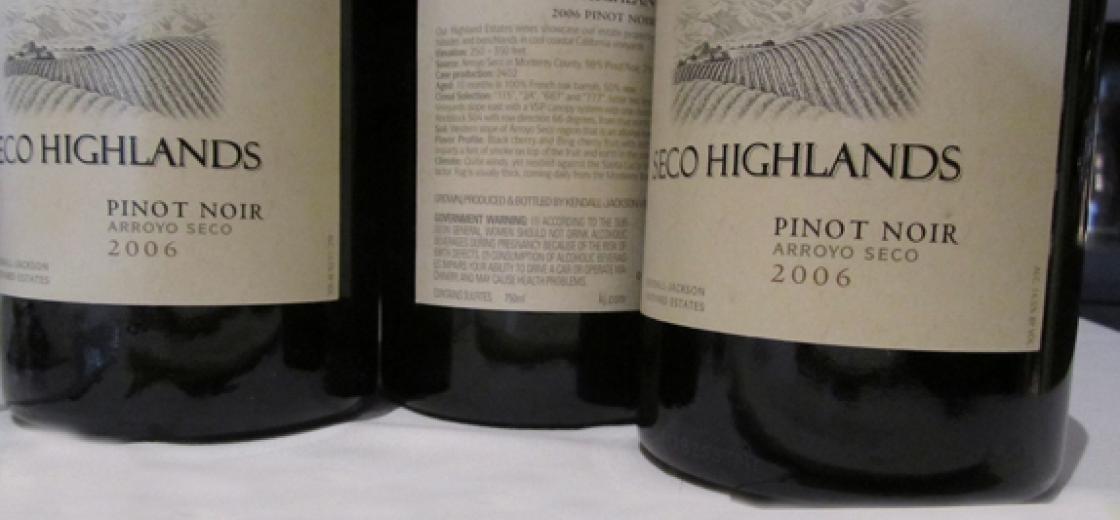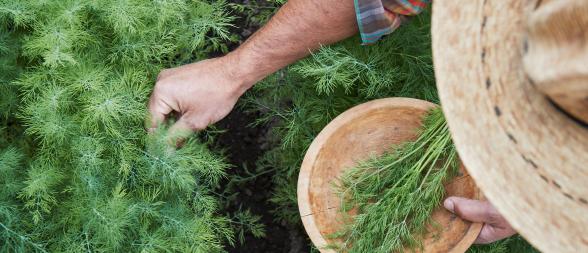
Wine 101: Old World vs. New World
Living in the wine world, you may hear the terms “Old World” and “New World” bantered about. This basically just means “European” or “Non-European” wine.
Within each category, each country’s winemaking style and traditions will vary greatly – but there are some general characteristics that tie the two groups together:
| OLD WORLD | NEW WORLD | |
| Country of Origin |
|
|
| OLD WORLD | NEW WORLD | |
| How Wines are Named |
Generally named for their region:
|
Generally named for a varietal:
|
| OLD WORLD | NEW WORLD | |
| How Wine Names are Regulated | Most growing regions dictate which grape(s) may be grown in which areas. There are also many rigid laws regulating how the wines must be produced in order to be labeled a certain way. E.g.
|
In the New World, especially in the United States, winemakers are free to experiment. Thus a “California Chardonnay” can be made in an array of different styles. Labeling, however, is regulated. In most of the US, for instance:
|
| OLD WORLD | NEW WORLD | |
| Wine Styles | Wine styles are more specific because they are stylistically regulated, with less room for experimentation.
|
Bound not to tradition but to experimentation, New World wines are made in an infinite variety of styles.
|
| OLD WORLD | NEW WORLD | |
| Winemaking Technique | Tethered in centuries of tradition, European winemakers view winemaking as an art and tend to favor old-fashioned methods (or are required to use them).
|
Free to experiment, winemakers view winemaking as a science and use new methods and technology freely.
|
| OLD WORLD | NEW WORLD | |
| Growing Regions | Growing regions have generally been delineated, fixed and regulated for centuries. | Growing regions are broad and flexible, in many cases still being established and tested. |





